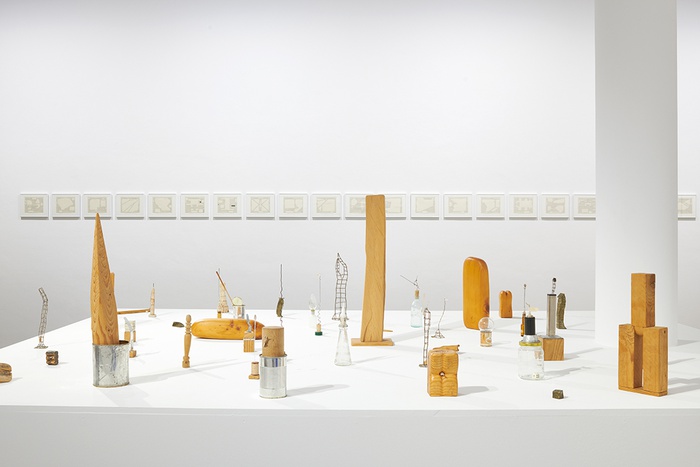
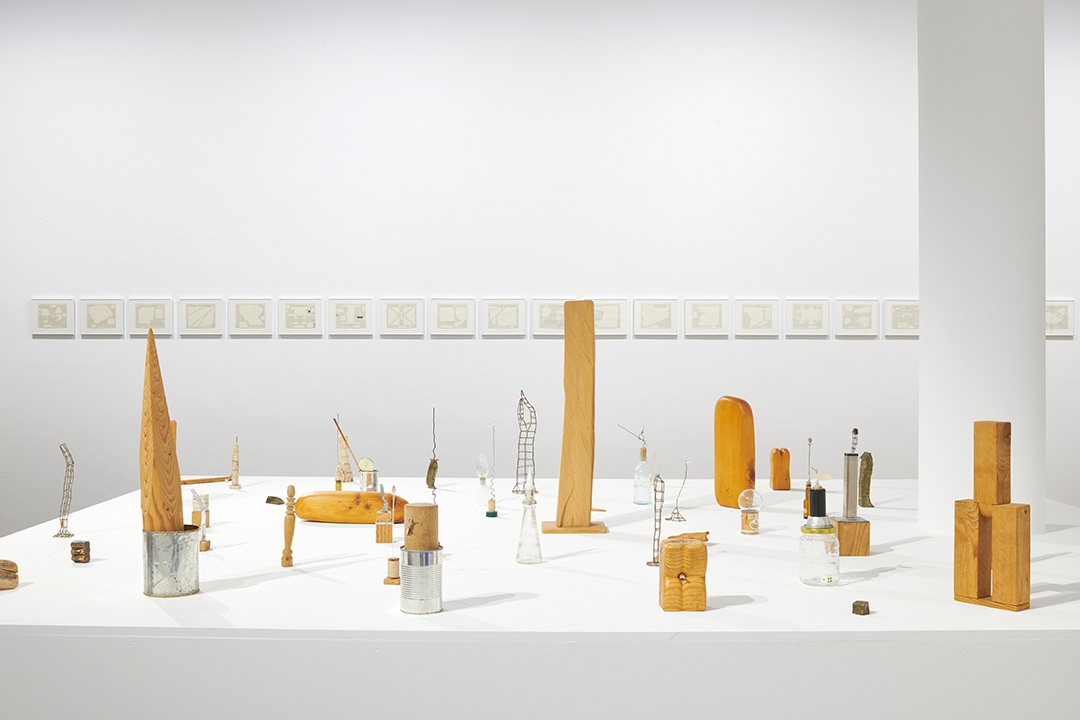
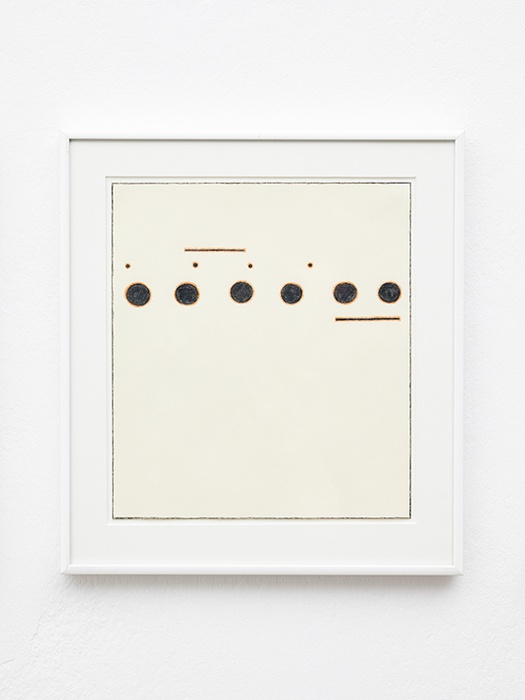
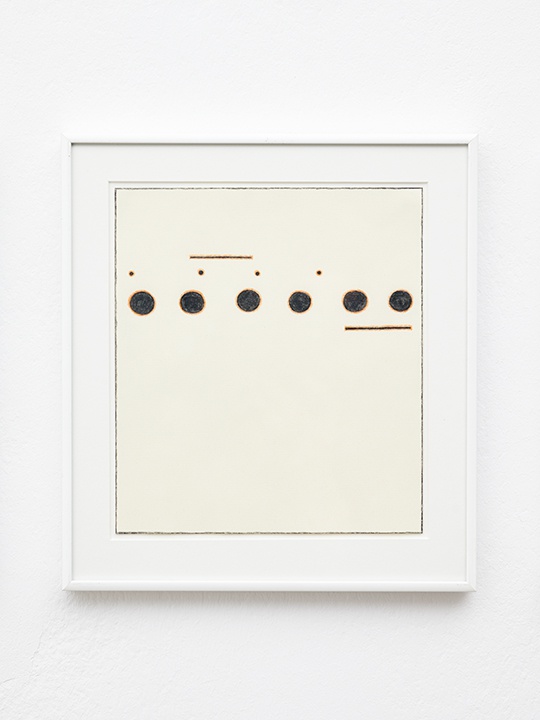
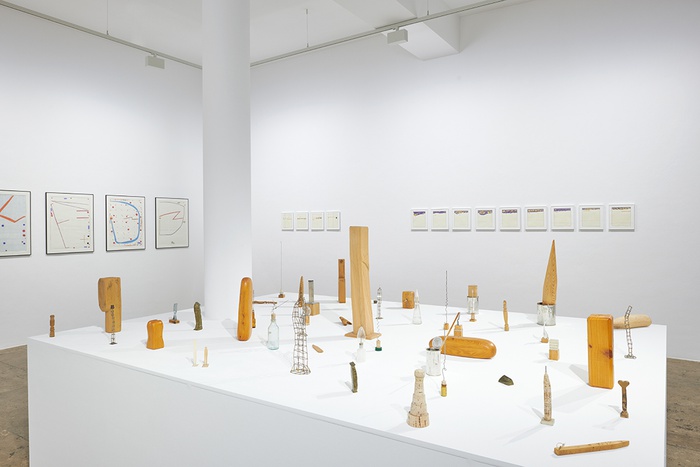
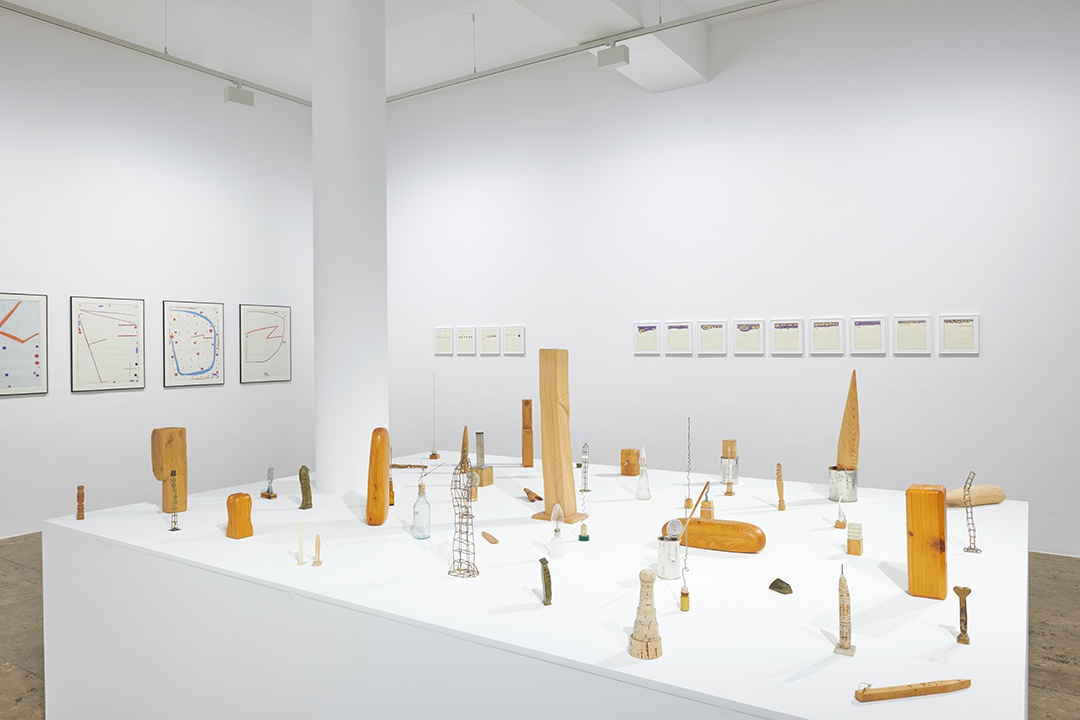
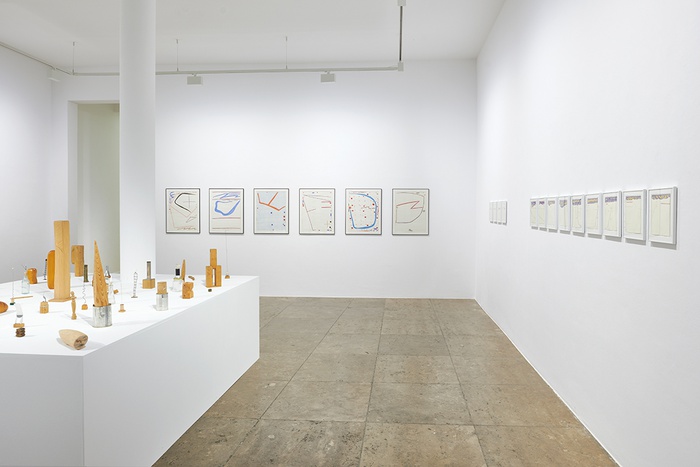
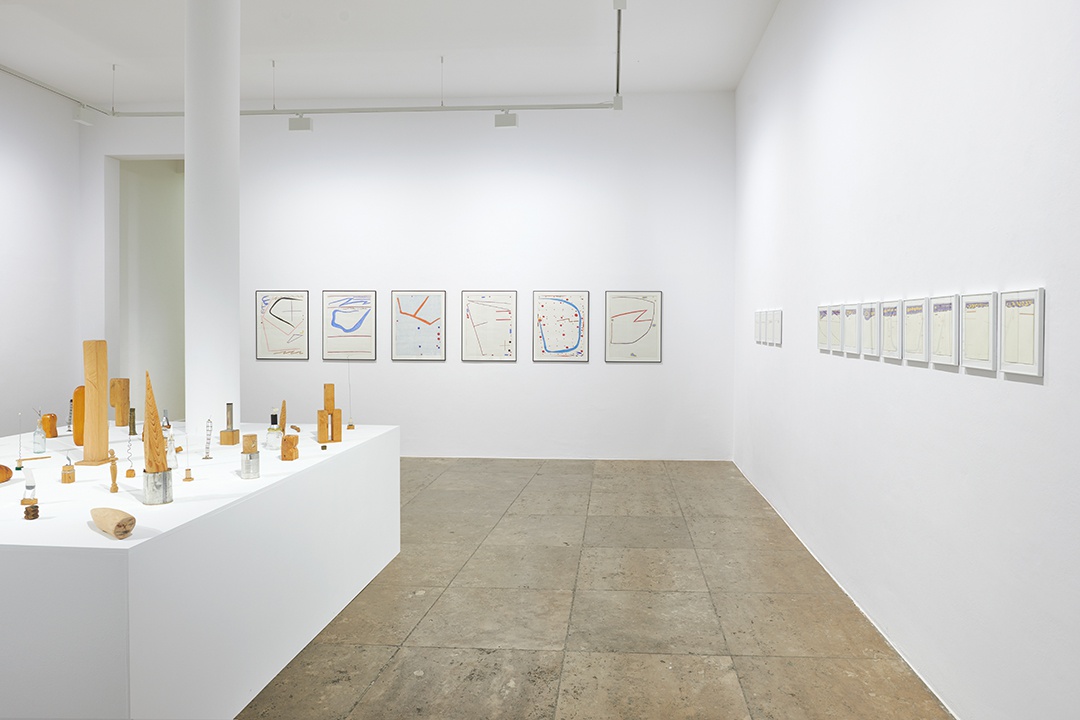
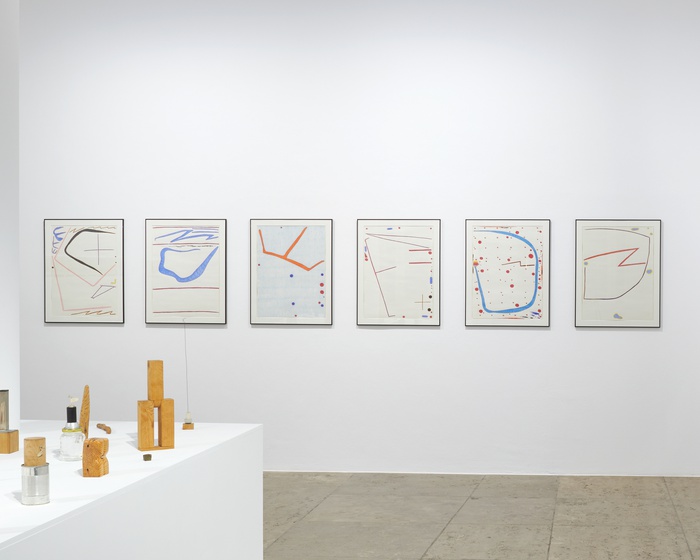
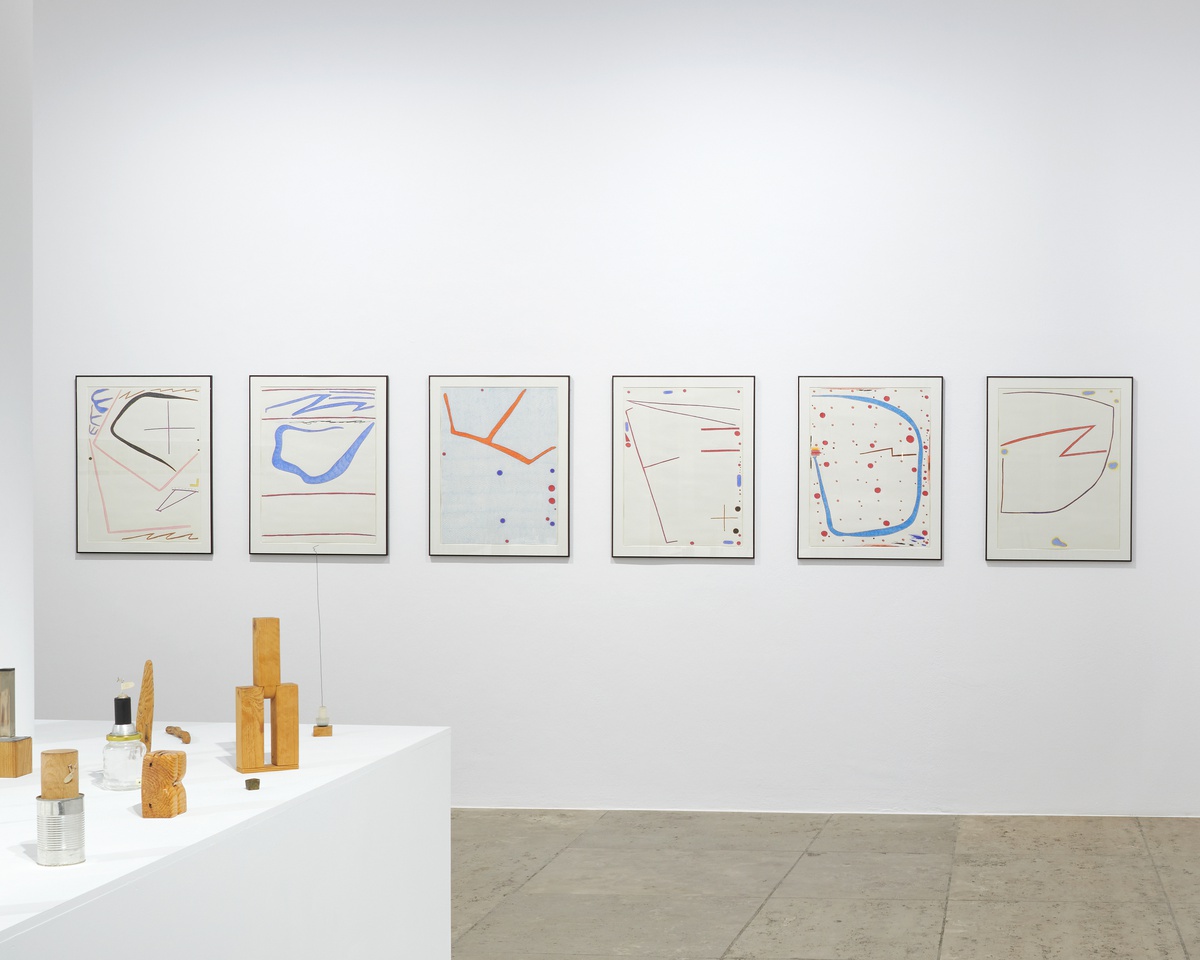
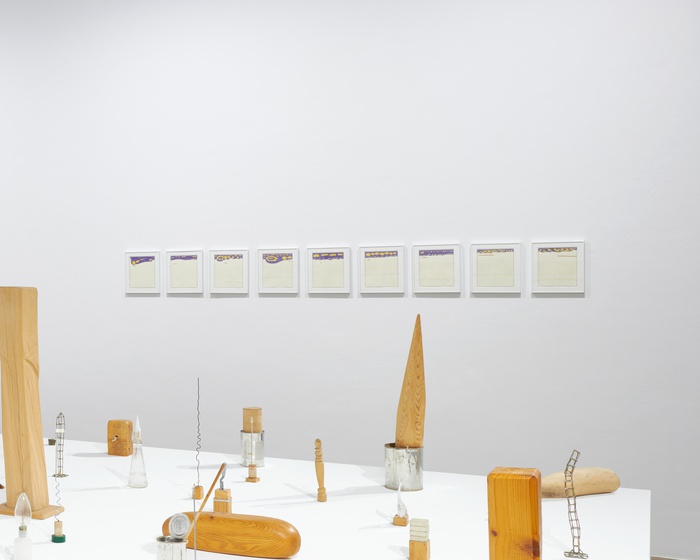
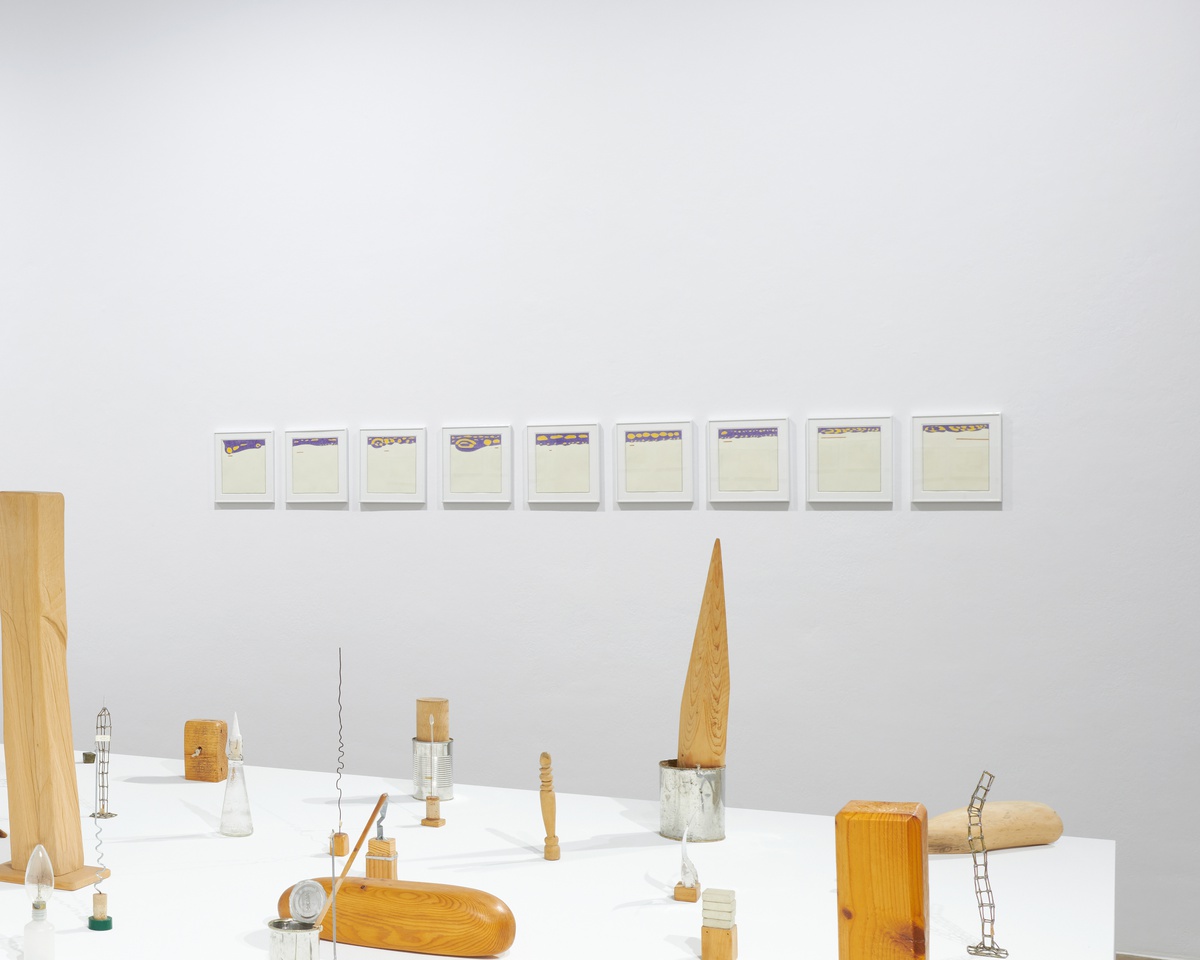
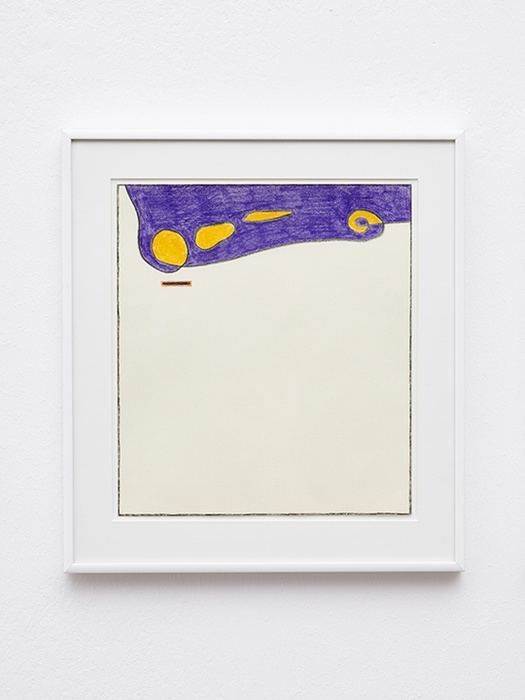
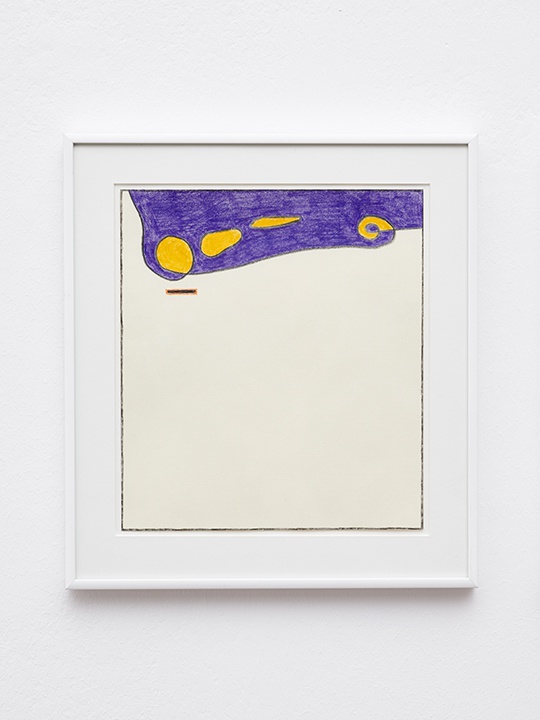
Exhibition view, Jahn und Jahn, Munich, 2023
Exhibition view, Jahn und Jahn, Munich, 2023
Exhibition view, Jahn und Jahn, Munich, 2023
Exhibition view, Jahn und Jahn, Munich, 2023
Exhibition view, Jahn und Jahn, Munich, 2023
Exhibition view, Jahn und Jahn, Munich, 2023
Exhibition view, Jahn und Jahn, Munich, 2023
Opening on Thursday, January 26, 2023, 6–9pm
Jahn und Jahn presents in a new exhibition never shown small sculptures by the artist Heinz Butz (1925–2022). The presentation is accompanied by two series of works on paper created in 1995 and 2009, in which the artist worked either with colored pencil or just pencil. It is the first gallery show after the death of the artist last year and the first in which the small sculptures take center stage. Scattered over a big platform in the middle of the gallery space, there are over sixty small sculptures made by Heinz Butz between 1960 and 1992. Jahn und Jahn continues to show the work of the artist, a collaboration that started a long time ago in 1984 in the Galerie Fred Jahn, now posthumously with this current exhibition. After a well-received presentation 2015 in the museum Städtische Galerie im Lenbachhaus and two previous shows at Jahn und Jahn in 2019 and 2022, a previously unknown group of work can now be discovered in Munich.
Heinz Butz made his small sculptures using everyday found materials, for example pieces of wood, pieces of wire, parts of plastic, glass bottles, light bulbs, paper snippets, pieces of sheet metal, wine cork pieces and cord. By combining these found materials in a new way, the artist made art works have now a new esthetic quality and are able to produce new associations in the eye of the beholder. Everyday objects become animated beings, small space rockets, childish machines, dreamy objects. Heinz Butz didn’t give titles to his small sculptures, but he signed every single artwork, and he kept them close to his sketchbooks. Over many years they quietly stayed in their given places within the artist studio without drawing much attention. Well known and loved by the artist until his death, these small sculptures were not seen as part of his artistic work until recently. These works of art present themselves with a reduced set of designs. No color was added and there are no additional attention seeking work titles. Some of the chosen themes have also been realized in more than one material and in different forms. Heinz Butz created his earliest small sculptures in 1960 after the birth of his daughter by using found pieces of wood. These works appear at first sight to be turned and made for the hands of little children. Several of the small sculptures have a plinth and show a vertical direction. A group of slim wire sculptures include a specific design detail typical of these works by Butz: his lines of wire are grounded with different plinth constructions made of wire, glas or wood. This fixes them to the ground.
Heinz Butz created his small sculptures over many years parallel to his drawings, paintings and pictorial objects. After studying painting, drawing and typography in Augsburg and then at the Akademie der Bildenden Künste in Munich, from the 1950s onwards he worked predominantly abstract. From 1967 to 1991 he taught at the Akademie der Bildenden Künste in Munich. It is during this period, that Heinz Butz developed one of his most important artistic achievements. Towards the end of the 1960s, he overcomes the formal restrictions of panel painting in his work. He called his newly created works pictorial objects. In these new works and in his small sculptures, he stays true to his own sensibility by only making small and medium sized works. His shaped canvases can be compared to the ones made by the American artists Ellsworth Kelly (1923–2015) and Frank Stella (*1936) during that time. But the European Heinz Butz only got to know their work in monumental sizes later. He created his diverse artistic oeuvre by working quietly and with contemplation on his set of graphic signs and reduced forms. Drawing was for him a way of understanding, the daily drawing practice in his sketch book helped him with the development of his own visual perception and formal vocabulary. Point, line, shape and frame and occasionally added rhythmic hatching are recurring elements in his drawings and paintings.
On closer inspection his small sculptures show a recurring set of designs. In another group of these works, Heinz Butz was soldering pieces of wire together to make a tower like construction that also has a certain anthropomorphic appearance. The shape of the human body resting and in motion was a theme repeatedly picked up by him. Again and again, he engaged with the shape of the human body, an interest that was certainly stirred by his teaching of the nude drawing classes at the Akademie der Bildenden Künste in Munich for many years. For these group of works he chose the found materials very carefully. The shape of a male and female human body was realized for instance by using thin paper, another work of this theme is made of a massive block of wood resembling a human torso. A piece of cord drawing attention to yet another little detail of the design. Another group of small sculptures made in the 1980s and 1990s presents itself with even more playfulness. A range of recognizable mass made objects is used, one can identify for instance an empty Campari bottle, several light bulbs or an empty can of tomatoes. Heinz Butz created in a witty and playful way little figurines that leave behind the commercial context in which they were originally made. A special case within the group of small sculptures is made up of a set of works made in bronze. The artist was able to produce them in the 1970s during his time at the Akademie der Bildenden Künste in Munich. Made outside of his own studio in a costly and time-consuming process, they finally translate a formerly spontaneous formal idea into a permanent and time enduring artistic form.
Selected bibliography:
Heinz Butz. Kleinskulpturen, with texts by Peter Pinnau and Andreas Strobl, Munich 2022.
Heinz Butz. Malerei 1949–2018, with texts by Fred Jahn, Gottfried Boehm and Eva Huttenlauch, Munich 2018.
Heinz Butz, Galerie Haas, with a text by Erika Költzsch, Zurich/Berlin 2017.
Heinz Butz, 3 Vols., ed. by Fred Jahn: Bilder 1951–1969, Munich 1988; Arbeiten auf Papier 1952–1990, Munich 1991; Bildobjekte 1964–1976, Munich 1994.